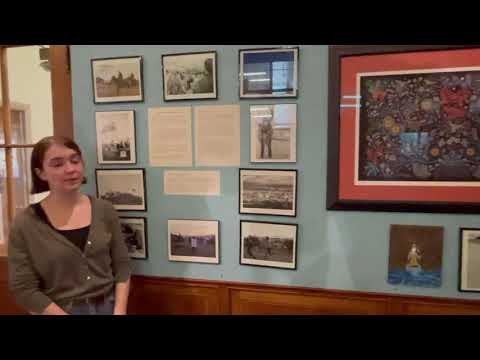Indigenous Environmental Activism through Art
50 years ago, the hippie movement borrowed many of their ecological ideas from Native Americans, who also participated in the Earth Day celebrations. But Indigenous peoples have struggled to protect their environment long before 1970. The history of U.S. colonization and the privatization of Native American lands, issues of sovereignty and treaty rights, the economic dynamics of capitalism, and tangible and intangible cultural heritage claims all create a complex movement that links social justice with environmental justice.
Today, Indigenous peoples face environmental racism—policies and practices that intentionally or unintentionally disadvantages individuals or communities based on their ethnicity or race. Environmental racism is exemplified by numerous mining and pipeline projects like the Dakota Access Pipeline that cut through sacred tribal lands in violation of their sovereignty and at great cost of local Native American communities’ cultural, economic, and physical health. Between 2016-2017, environmental activists joined with several Indigenous groups, including the Sioux, at the Standing Rock Reservation to mount a highly publicized protest to stop the pipeline construction.
Jaida Grey Eagle’s photo essay, Standing with Standing Rock, captures life at the Sacred Stone Camp, including the arts education classes they held to hone the creative energy of the youth; one child’s painting is also on display here. Above you are powerful protest banners designed by Onaman Collective artists Christi Belcourt and Isaac Murdoch, which were also used at Standing Rock.
Although the struggle to protect the environment is a global issue, for Indigenous peoples it represents a struggle for the social, cultural, economic, religious, and political survival of their society.
Curated by Krista McCalla. Featuring artwork by Jaida Grey Eagle, Christi Belcourt, Isaac Murdoch, and Octa Su. Exhibit sponsored by The Institute on Race and Ethnic Studies at West Chester University.
View more activist art:


